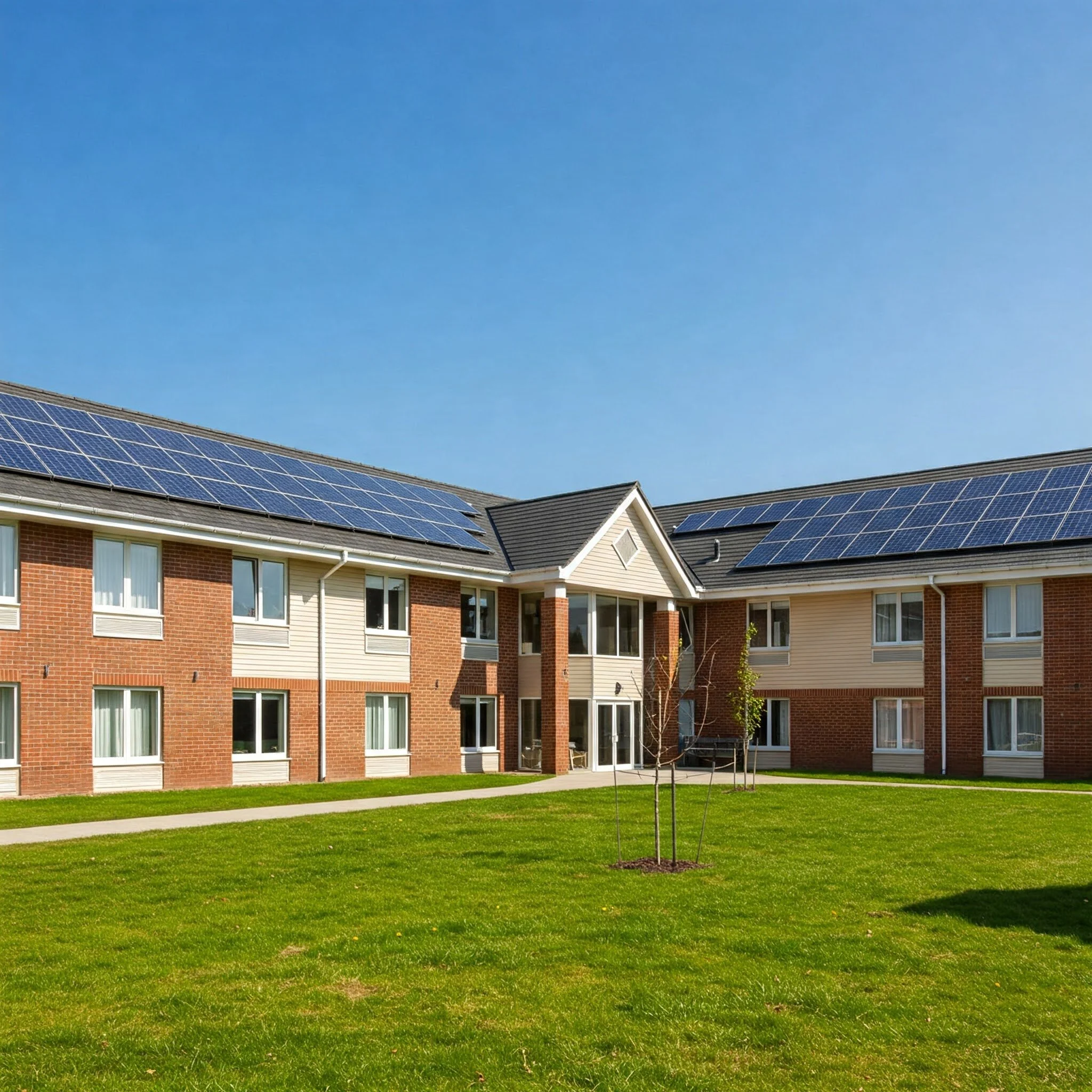
Beyond compliance counts…when innovation nurtures wellbeing
At Carbon Profile, we understand that achieving true sustainability requires more than just isolated solutions. It demands a comprehensive, integrated approach that considers the interconnectedness of energy, water, and biodiversity. Recently, we had the opportunity to demonstrate this philosophy at an assisted living facility facing significant sustainability challenges. This case study highlights how our cross-disciplinary expertise led to tangible improvements, showcasing the power of bridging the "silos" of sustainability.
“Working with Carbon Profile on this project has been a seamless and rewarding experience. Their team demonstrated a deep understanding of sustainable building practices and a genuine commitment to finding the best solutions for our assisted living facility. They were proactive, communicative, and always willing to go the extra mile. The project was exceptionally well-scoped and delivered, exceeding our expectations. We are particularly impressed with their cross-disciplinary approach, which has resulted in a truly integrated and sustainable solution that benefits our residents, staff, and the environment.”
— Housing Sustainability Team Leader
Balancing Independence and Environmental Responsibility
The assisted living facility, home to approximately 80 residents, presented a unique set of challenges. While the site boasted valuable green spaces, it struggled with limited roof space for solar panels due to shading and pitch issues. Furthermore, the facility was located in the UK's second most water-scarce borough, exacerbating water supply-demand imbalances. Compounding these issues, intensive environmental management practices had led to a significant decline in on-site biodiversity.
Challenge
Solution
An Integrated and Innovative Approach
Our goal was to provide a comprehensive assessment and implement sustainable improvement measures that addressed these interconnected challenges. We adopted a holistic approach, considering renewable energy, water conservation, and biodiversity enhancement simultaneously.
Actions We Took
Renewable Energy
Recognising the limitations of on-site roof space, we devised an innovative solution that utilised adjacent buildings to install PV solar panels. This strategy allowed us to displace an estimated 36.86 kWh/m² of electricity from the facility's communal spaces, with a projected payback time of 6.6 years. Critically, this implementation alone would increase the EPC rating from an E 109 to a D 90, and reduce the sites yearly carbon emissions by 2.4 tonnes. Over 30 years this would prevent the equivalent of 440 Tonnes of coal being burned.
Renewable Water Sources
Addressing the water scarcity issue, we implemented rainwater harvesting systems and water-saving measures. These initiatives collectively captured an estimated 320,000 litres of rainwater per year for internal non-potable use and reduced the site's non-potable water demand by 270,000 litres annually.
Biodiversity Net Gain
To reverse the impact of degrading management practices, we developed achievable management objectives that significantly enhanced habitat biodiversity by 22% and hedgerow biodiversity by an impressive 286%, delivering 1.9 biodiversity units to the site.
Bridging the Silos: The Synergistic Impact
The true power of our approach lay in the integration of these solutions. The solar panels powered the rainwater harvesting system, reducing its carbon footprint. The harvested rainwater, with its lower pH, proved ideal for supporting the biodiversity management objectives. Moreover, reducing non-potable water demand and utilising renewable water sources simultaneously alleviated pressure on local water resources.
The Wider Context: A Call for Integrated Sustainability
As the global push for sustainability intensifies, it's crucial to avoid isolated solutions. Specialisation is vital, but so is recognising the interconnectedness of environmental, social, and economic factors. By bridging these "silos," we can create synergistic solutions that deliver greater impact.
Conclusion
This case study exemplifies Carbon Profile's commitment to delivering holistic, integrated sustainability solutions. By considering the interplay between energy, water, and biodiversity, we helped the assisted living facility achieve significant environmental improvements while enhancing the well-being of its residents. This project demonstrates that true sustainability is achieved when we look beyond individual components and embrace a cross-disciplinary approach.
Ready to take your next steps?
Contact us here to discuss how we can help you to a better future for you properties and tenants with our integrated sustainability report.

